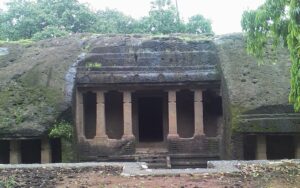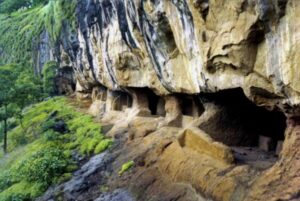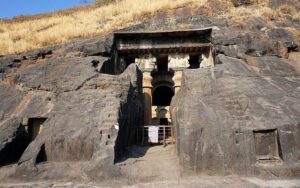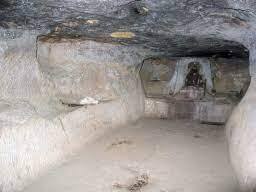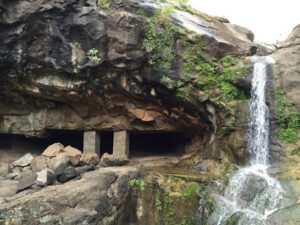This Buddha Purnima, explore lesser-known Buddhist caves in Maharashtra
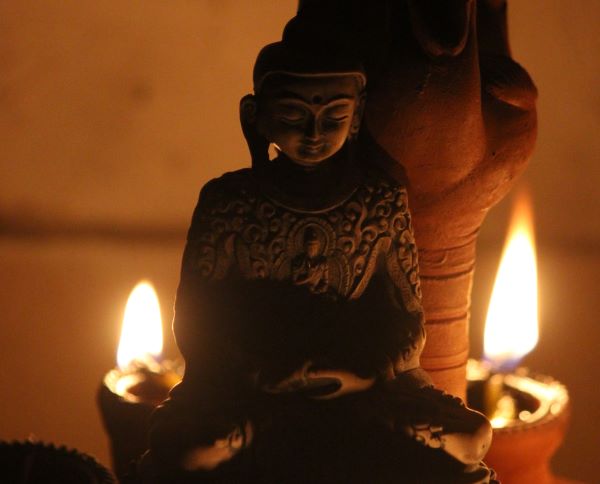
Team L&M
Buddha Purnima commemorates Lord Buddha’s enlightenment and birth and the Buddhist community celebrates this occasion with great fervour and zeal across the world. Incidentally, Maharashtra has the India’s largest Buddhist population, about 5.81% of the state’s total population. The state not only has rich Buddhist heritage and culture, it is dotted with large and small Buddhist caves.
On this auspicious day of Buddha Purnima (May 26, 2021), Maharashtra Tourism showcases a few of the ancient yet lesser-known caves, the finest examples of some of the earliest Buddhist architecture, cave paintings and sculptures.
Kondivite/ Mahakali Caves, Mumbai
Situated on Mahakali hills in Andheri East of Mumbai, The Mahakali Caves, also known as Kondivite Caves, are a group of 19 caves built between 1st century BCE and 6th century CE. It consists of two groups of rock-cut caves – four caves to the northwest and 15 caves to the south-east. Most caves are viharas ((rooms for monks) and cells for monks, but Cave 9 of south-eastern group is chaitya ((prayer hall). These caves have statues of the Buddha and several carvings depicting tales from Buddhist religion. The inscriptions and scriptures on the walls are written in Pali language. This cave group can remind you about the Mauryan period cave site at Barabar Hill caves near Patana in Bihar. The polished stone exterior of the stupa can remind you of the typical Mauryan period polish. Stylistically, this cave group is dated from c. 1st c. CE to c. 12th c. CE.
Thanale Buddhist Caves, Raigad
Located at the foot of a cliff in Raigad, these are a bunch of 23 Buddhist caves, considered to be one of the oldest rock-cut temples of India. Built in the 1st century BC, the Thanale Caves is considered as the first caves to be excavated not only in Maharashtra but also in India. It has two Chaityas, two Stupas and the rest are Viharas. All caves are cut in a row and each cave is unique. Cave 3 has a dozen Buddhist stupas, and other caves have stone carvings, including remnants of paintings, discovered by archaeologist MN Deshpande. Cave No. 7 is the largest cave amongst all the others as it has been decorated with Buddhist scriptures and relics.
Bedse Caves, Pune
Located in Maval Taluka of the Pune district, the Bedsa caves are a collection of Buddhist rock-cut monuments dating way back to the 1st century B.C. It comprises two main caves: Chaitya or a prayer hall housing a large stupa and a Vihara or the monastery. Both caves have rich architectural significance with stone carvings and artwork. The ‘Chaitya’ is carved with a stone screen and the verandah has tall pillars with beautifully carved images of animals and riders. The ‘Vihara’ is unique for its apsidal vault roof. Bedse caves offer a lot of insight into evolution of Buddhism in India. The main Chaitya in the group in the cave no. 7 is a noteworthy specimen of the Buddhist Rock-cut architecture. It has a massive stupa with an ancient wooden umbrella (Yashti and Chhatra). The pillars in the Chaitya have ornately carved riders and animals on the capitals and at the entrance has the large and intricately carved Chaitya arch. The Vihara in cave no. 11 shows the transition phase between the Hinayana and Mahayana phases of Buddhism with its apsidal plan and vaulted roof. The antiquity of this cave group can be traced back to c. 1st c. B.C.E.
Gomashi Caves, Raigad
Located in the Konkan region, this isolated cave was first noticed by Rev. J.E. Abbott in 1889. It is said to be excavated in first or second century CE in the Hinayana tradition but was later occupied by followers of the Mahayana tradition, at which time an image was installed in the cave of the Buddha under the Bodhi tree, finely carved from black basalt. The cave has only one cell.
Pitalkhora Caves, Aurangabad
Considered as one of the earliest centres of rock-cut architecture in India, it dates back to the 2nd century BC. While four of the caves are chaityas or prayer halls, the rest are ‘viharas’ or residential cells. The main entrance to the caves has a wide balcony with statues of a ‘naga’ (snake), guards and a row of elephants. There are a total of fourteen caves. The first cave was used as a monastery or ‘vihara’.. The third cave has beautiful paintings and there are 37 pillars that separate the aisle from the hall. There are many stunning images of Lord Buddha in various poses. There are animal designs, elephants, guards and Yaksha statues in the caves.


